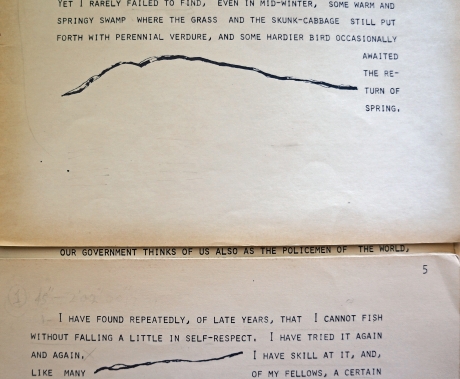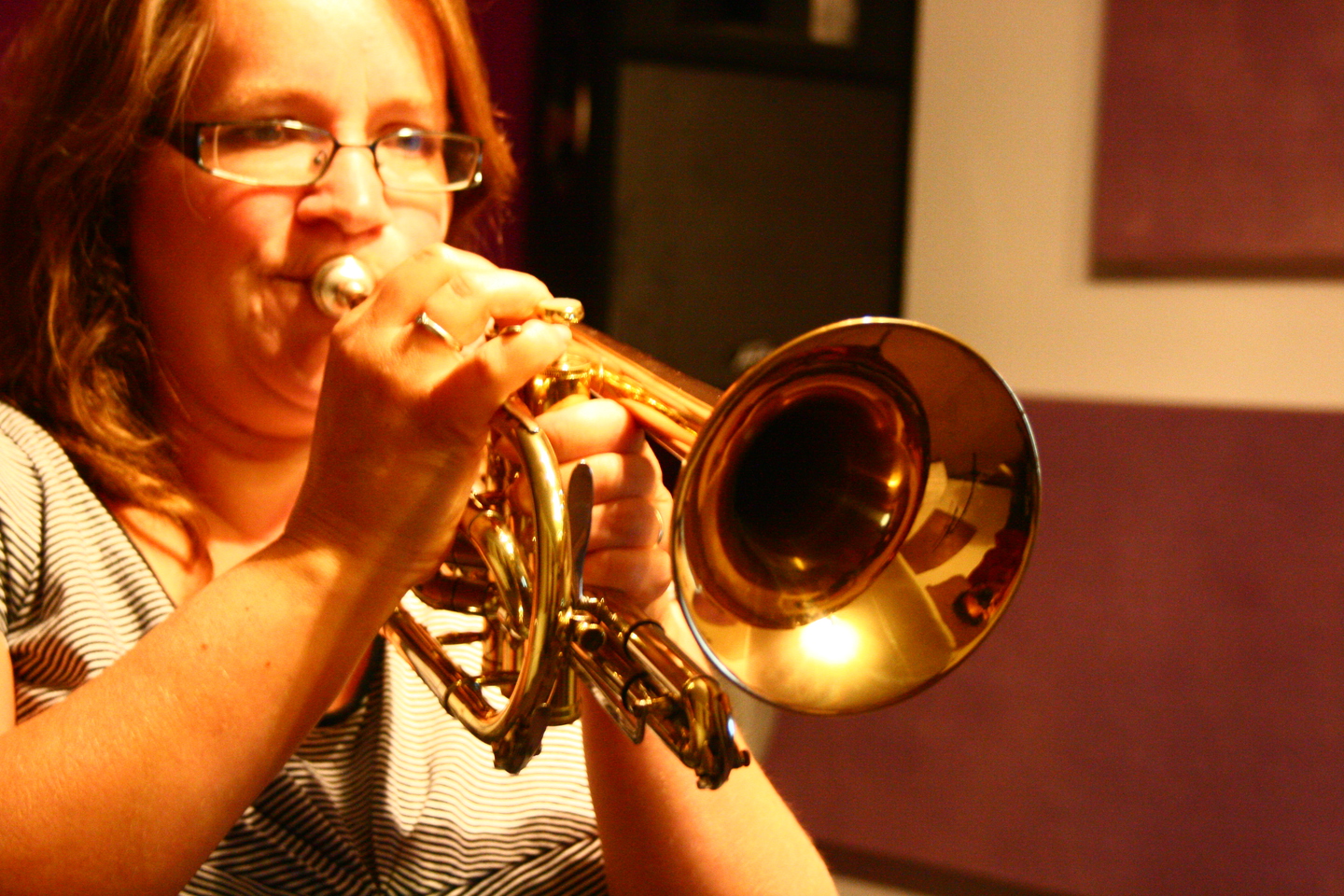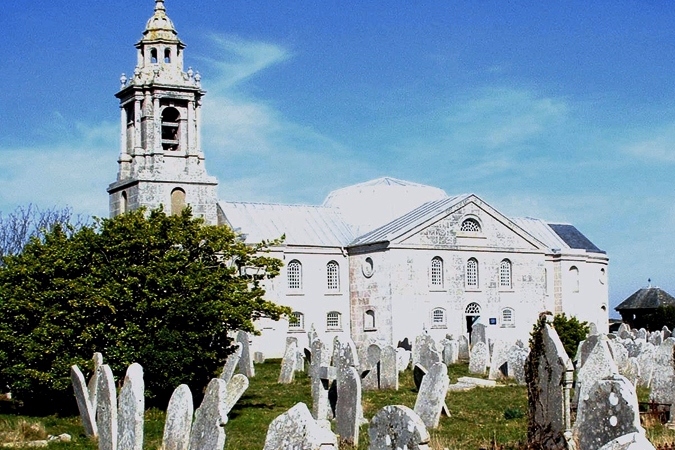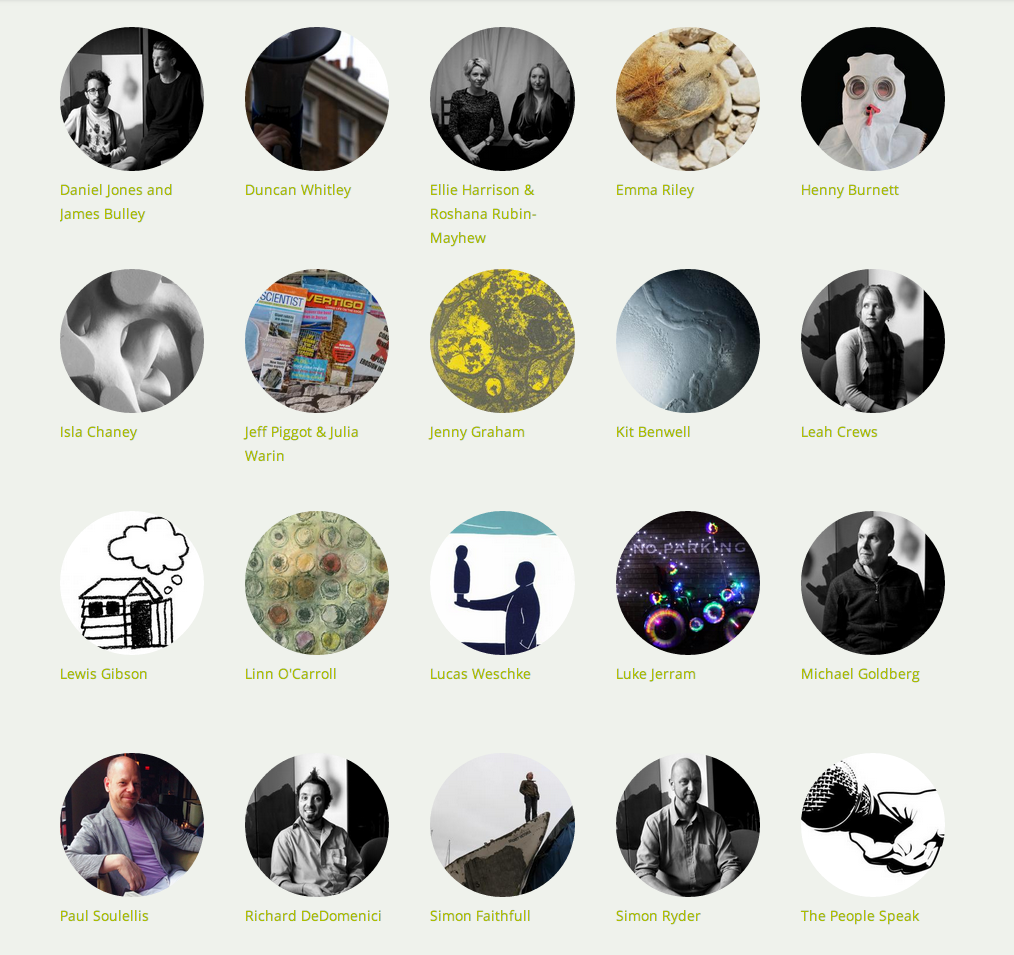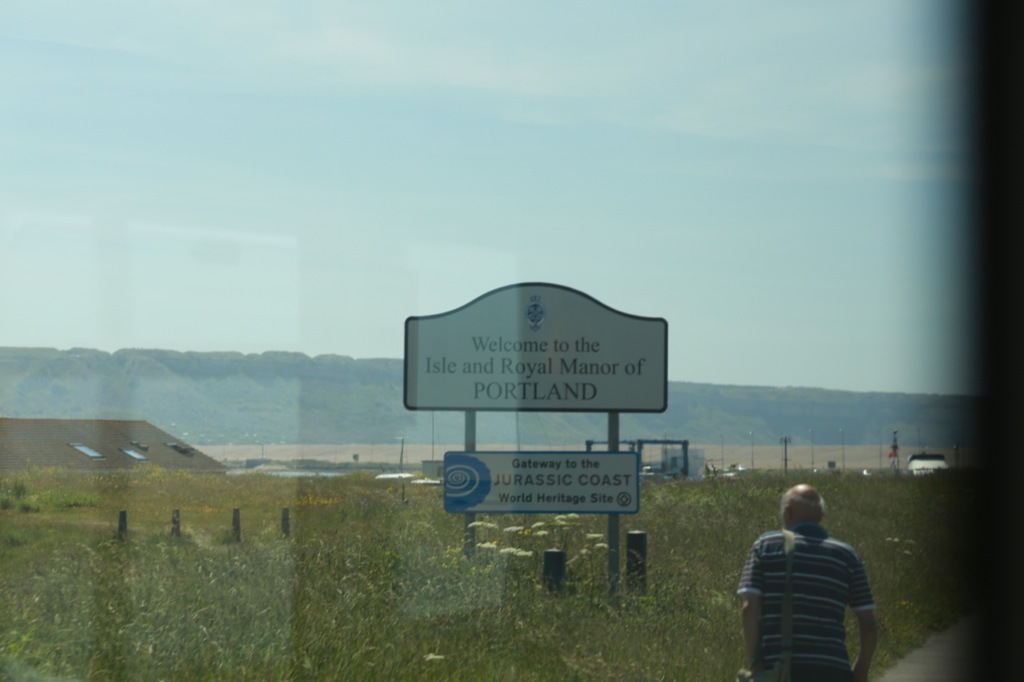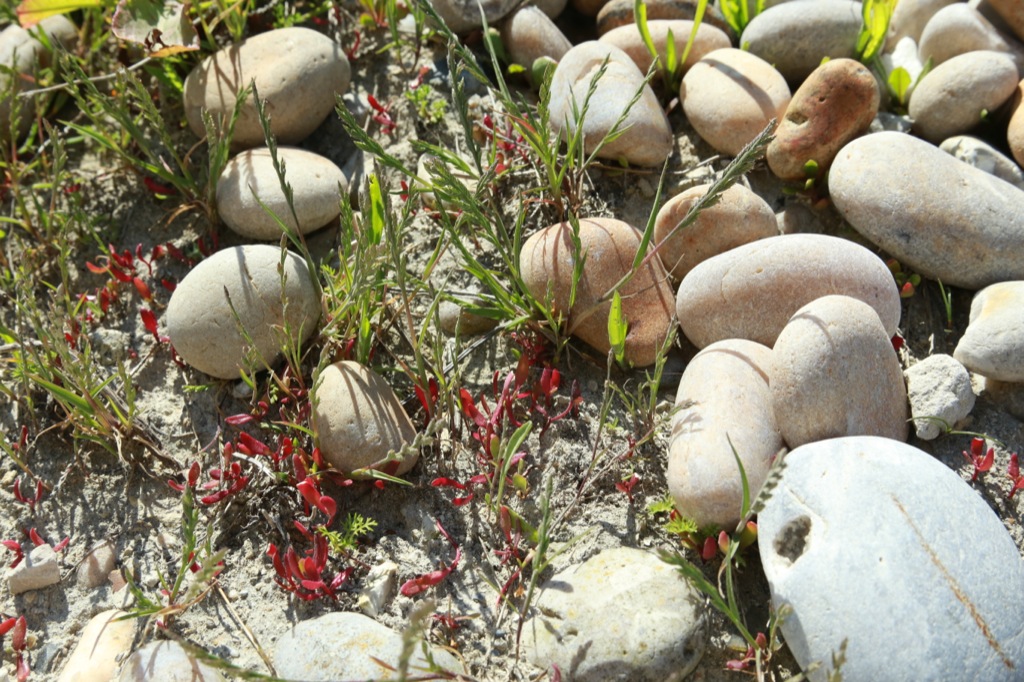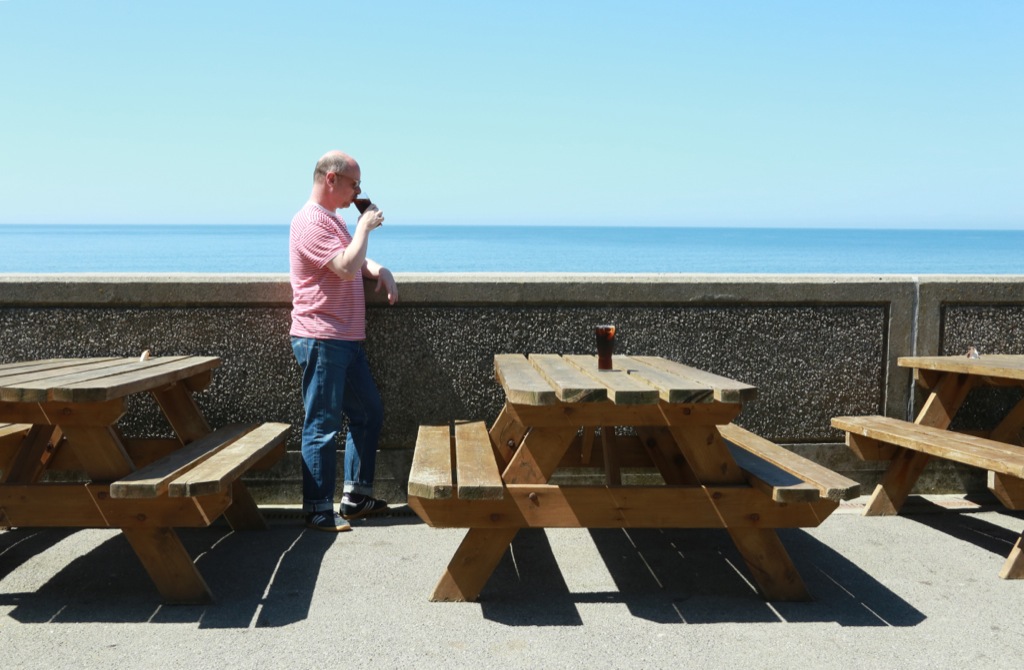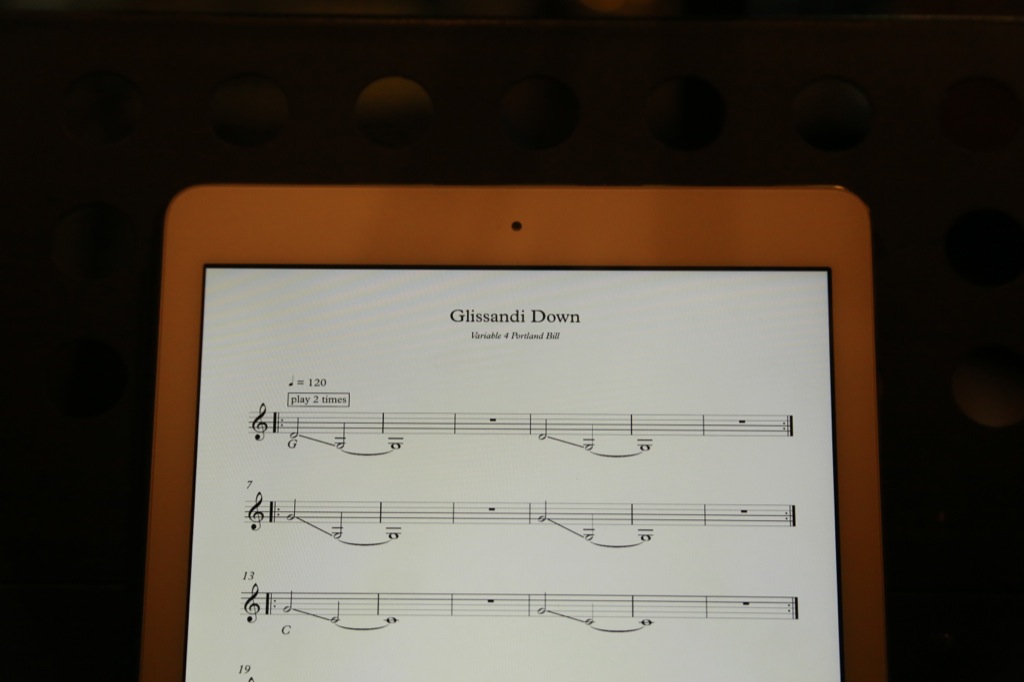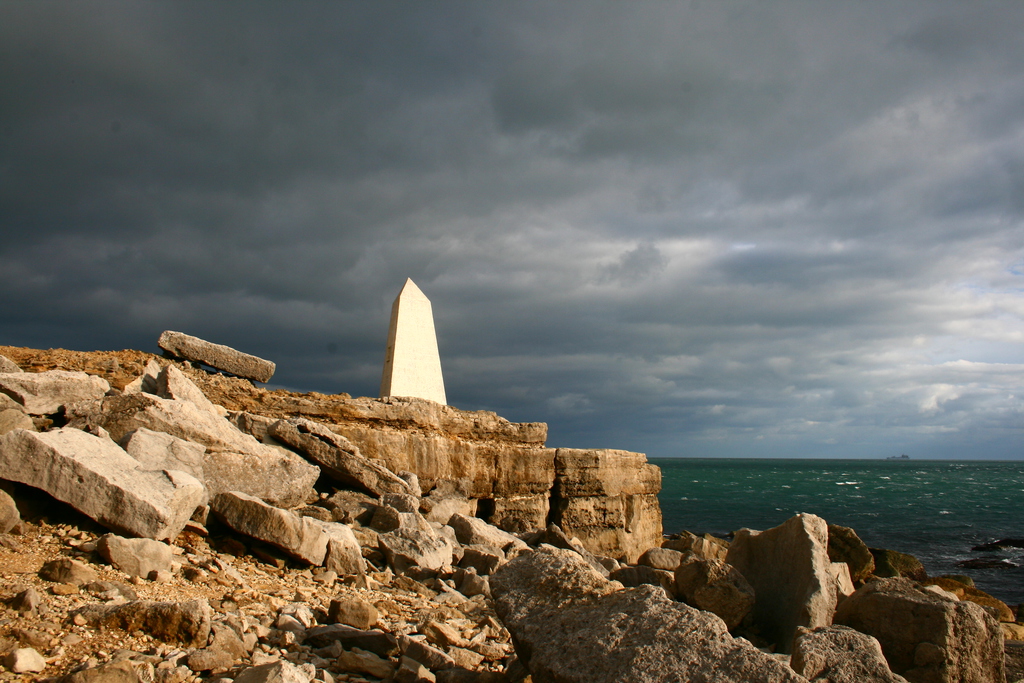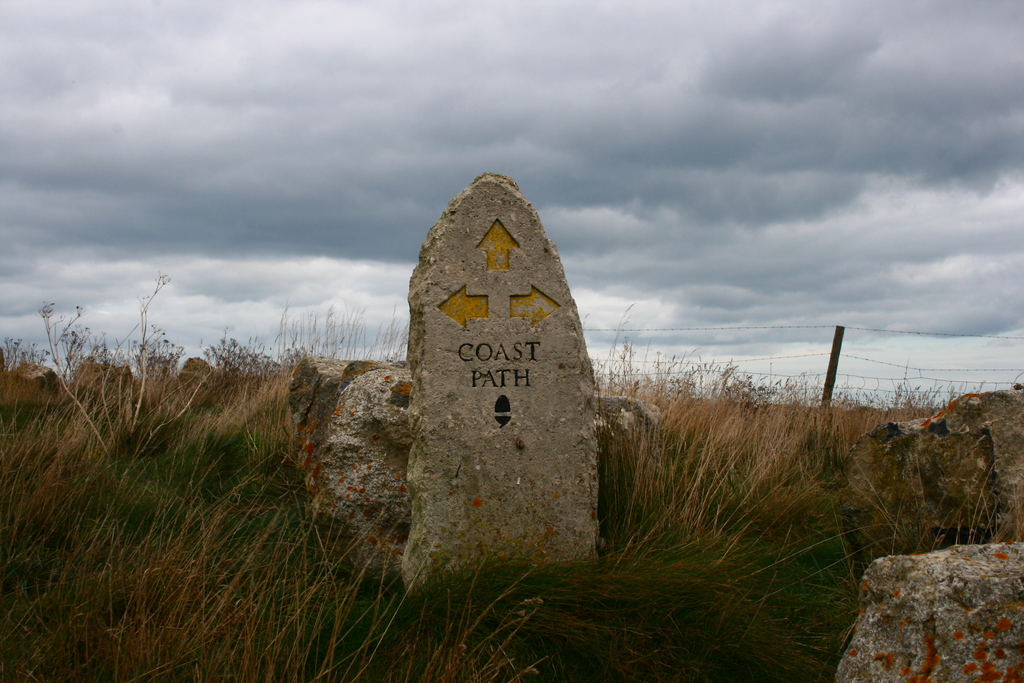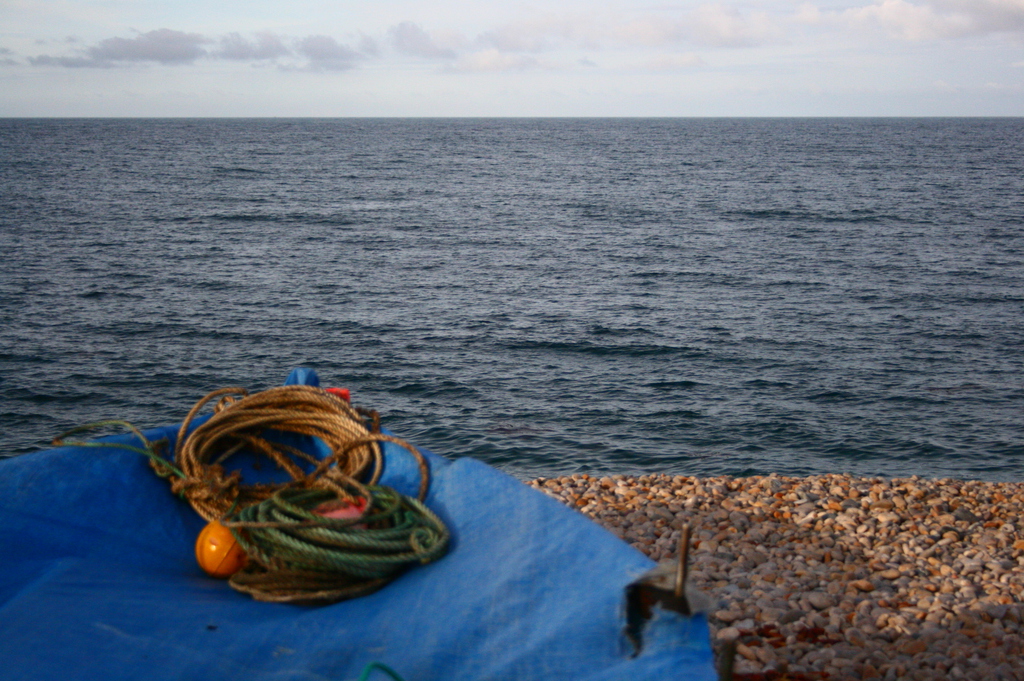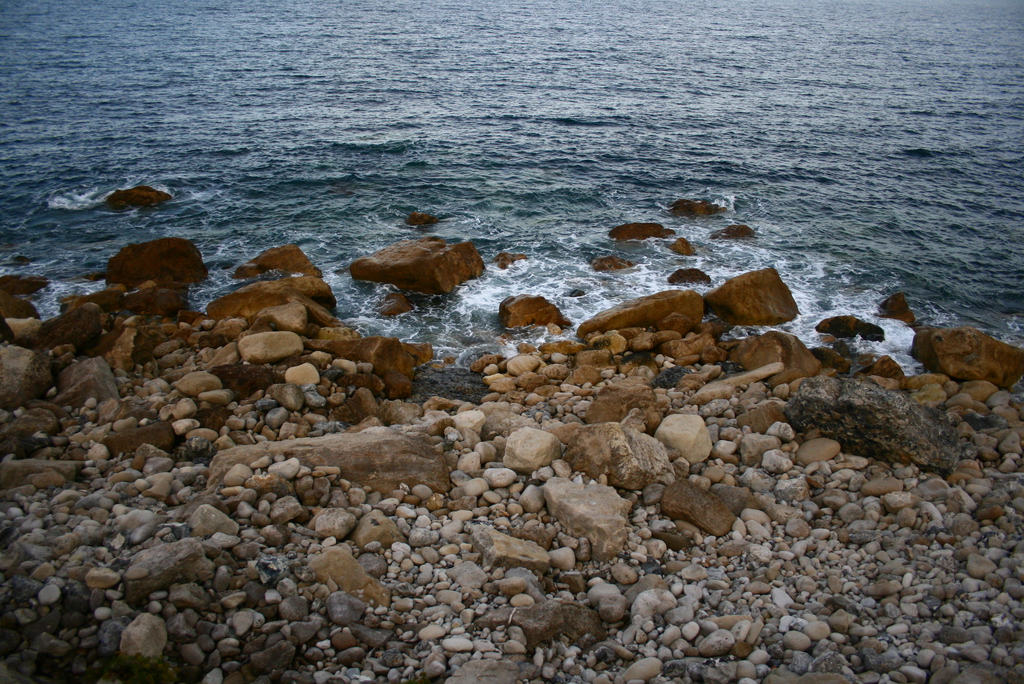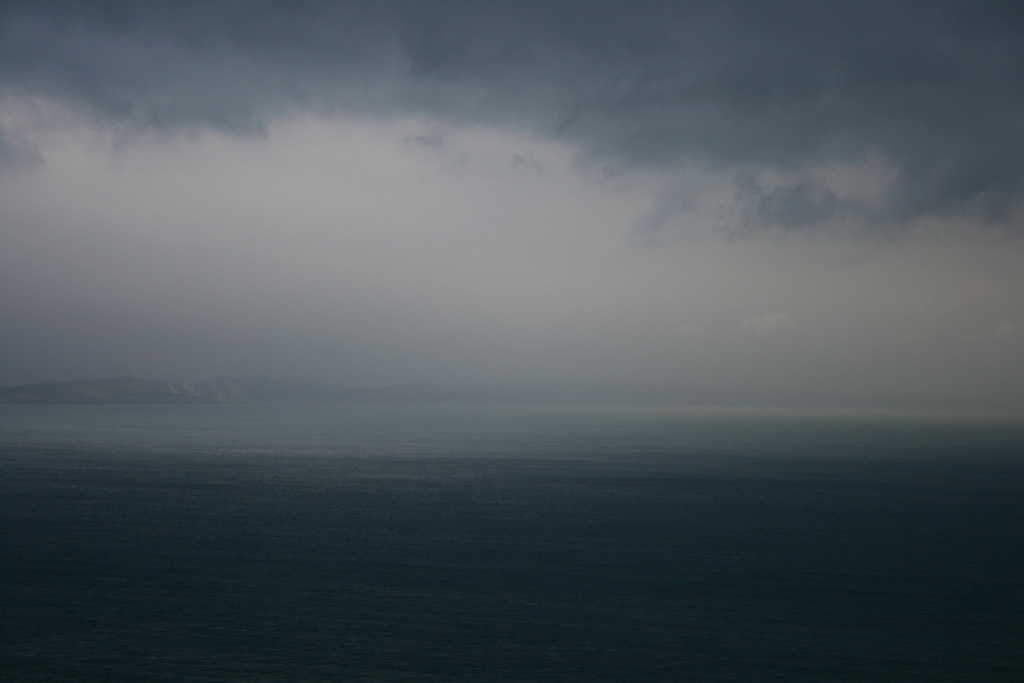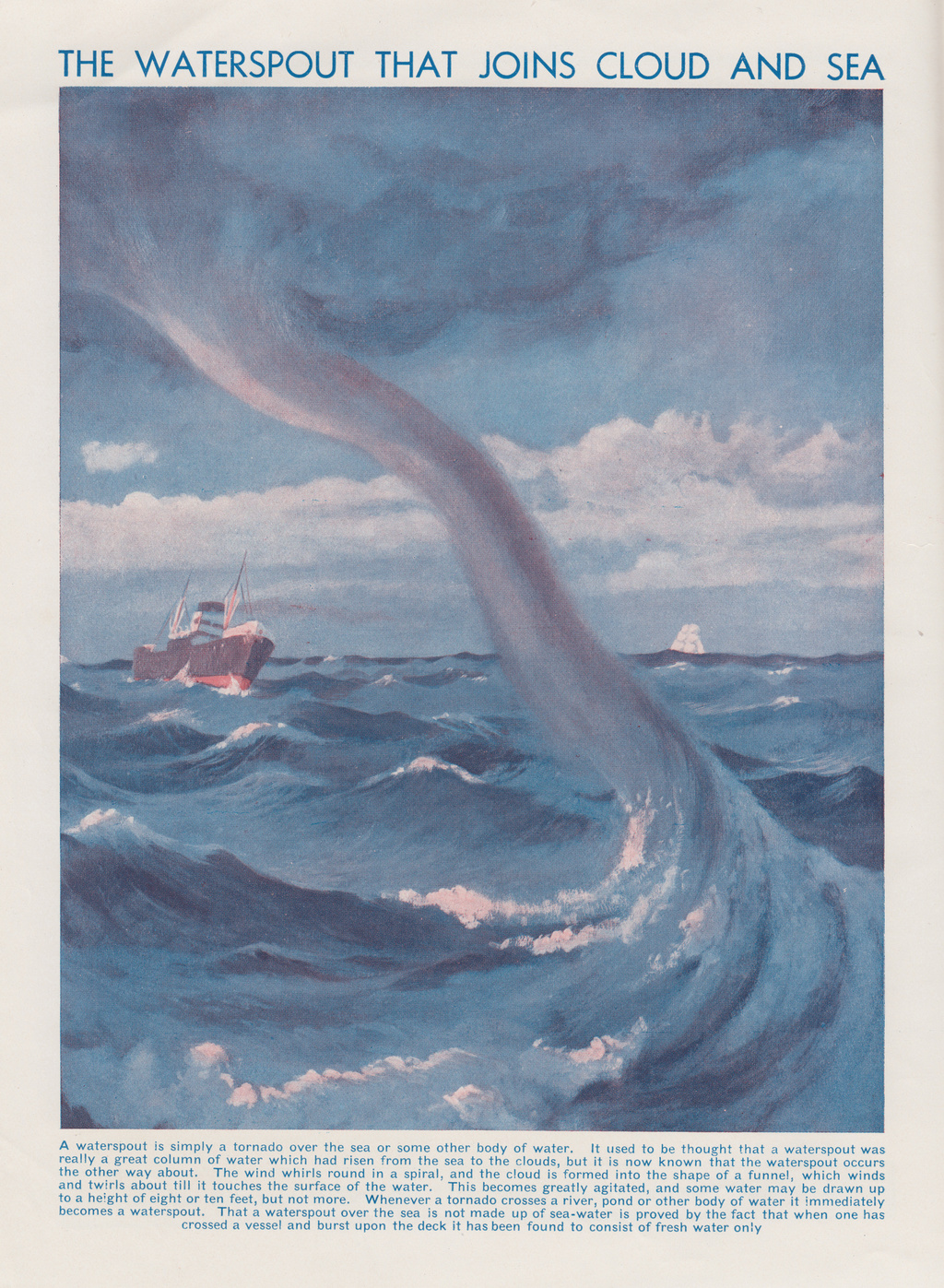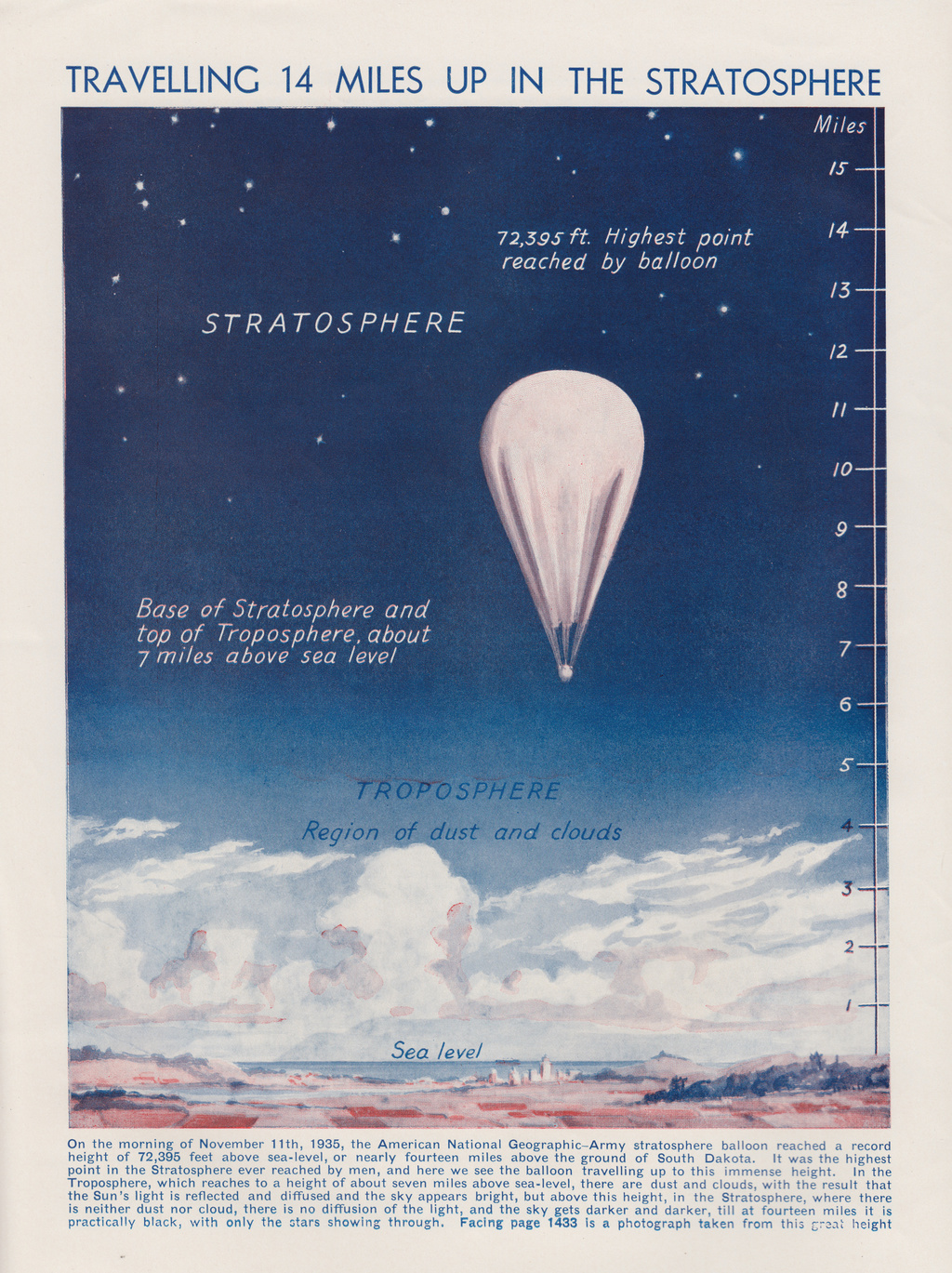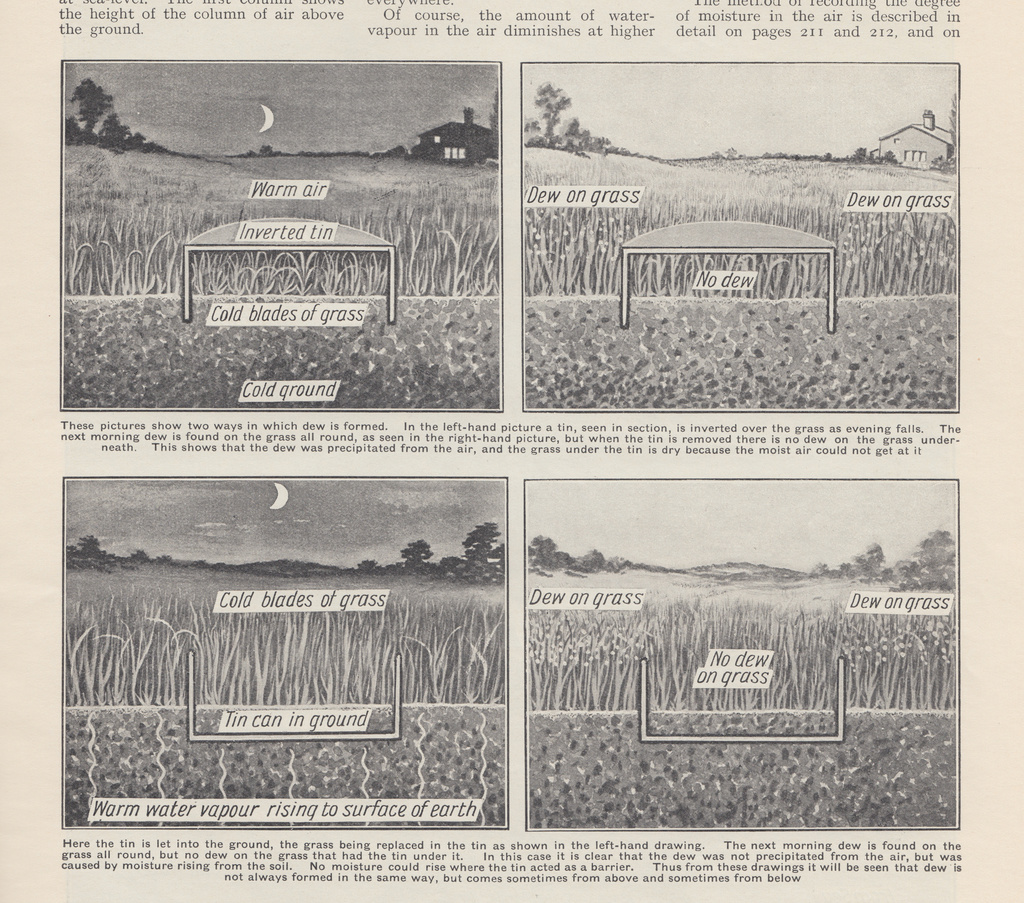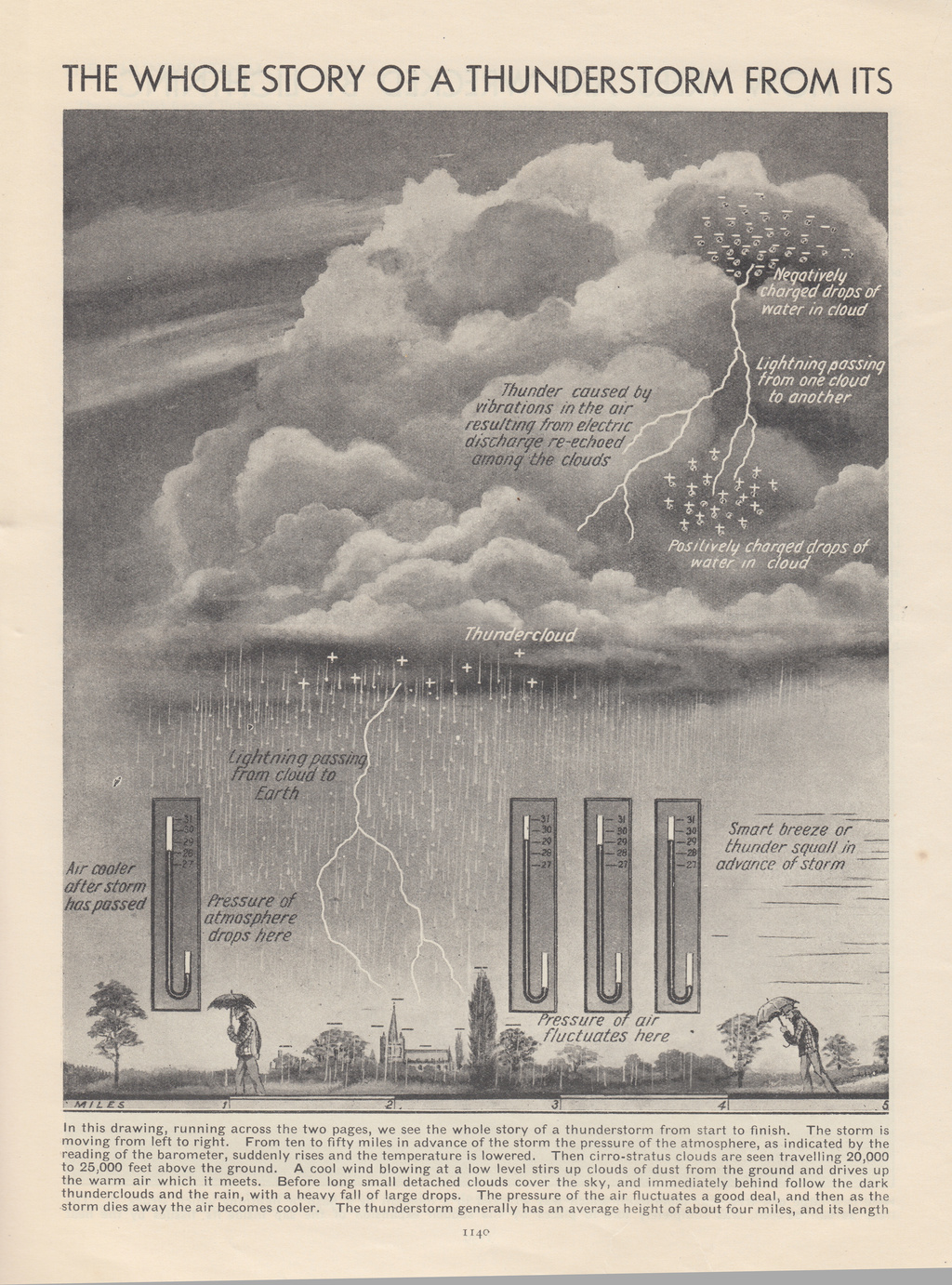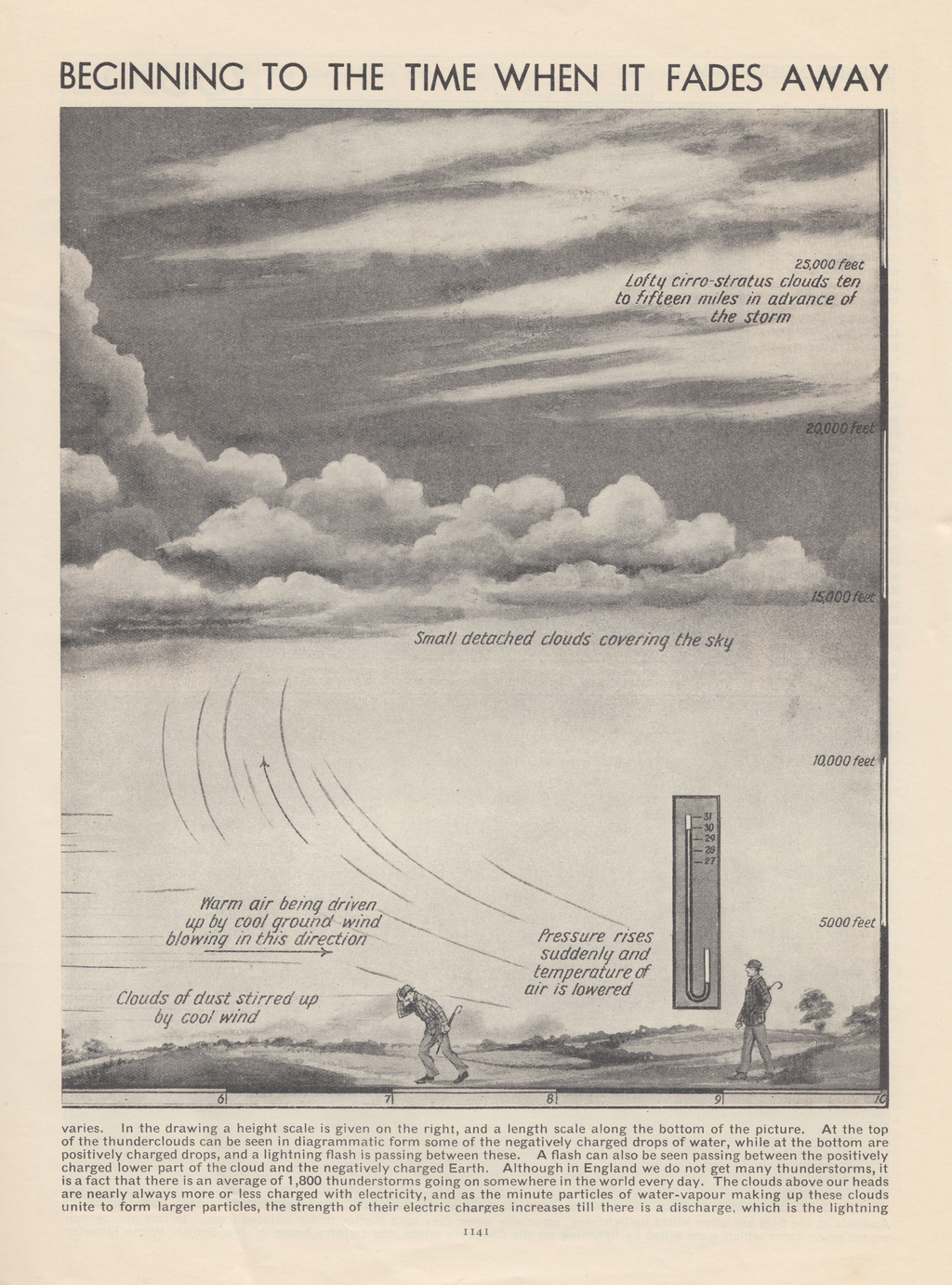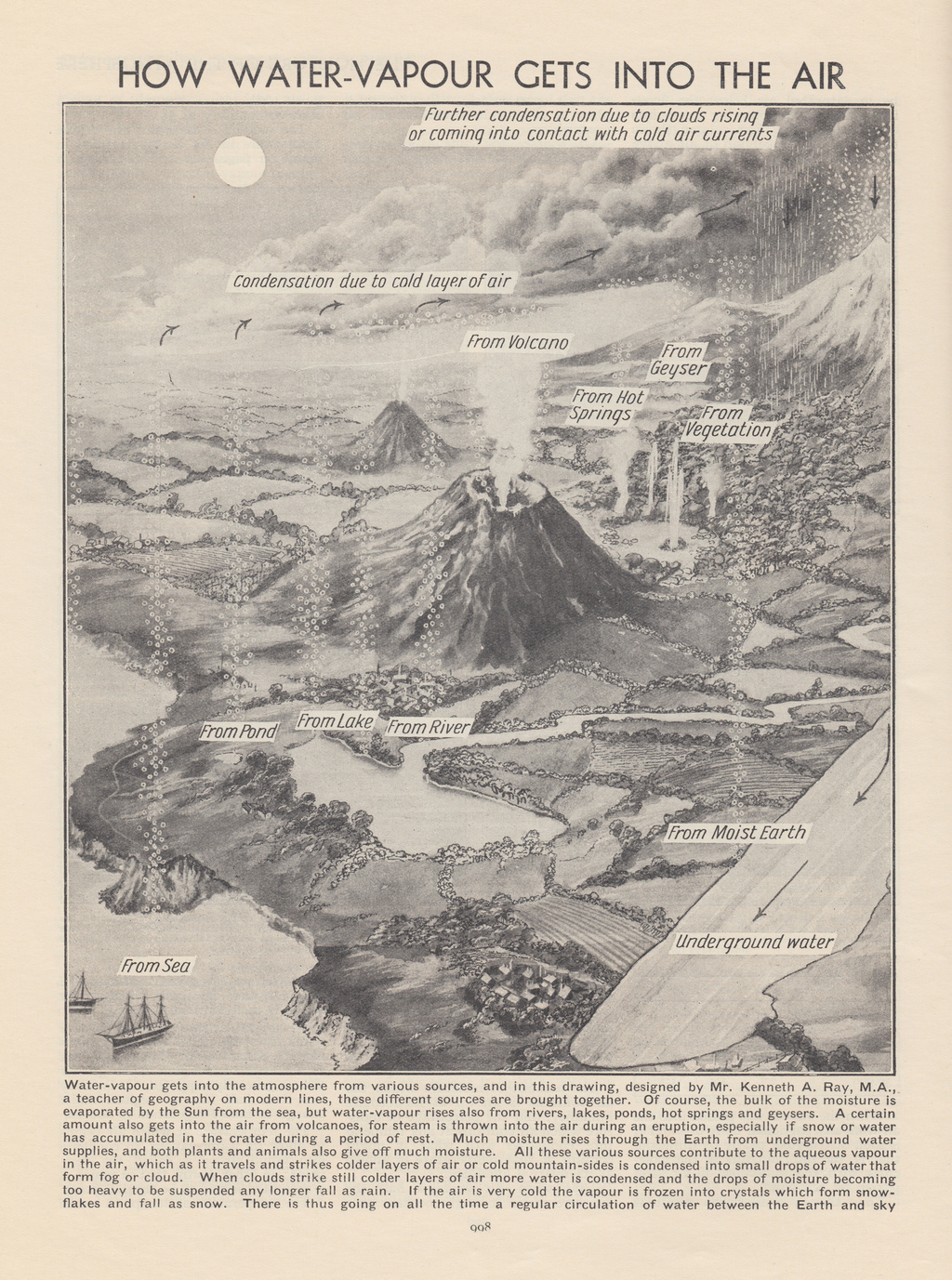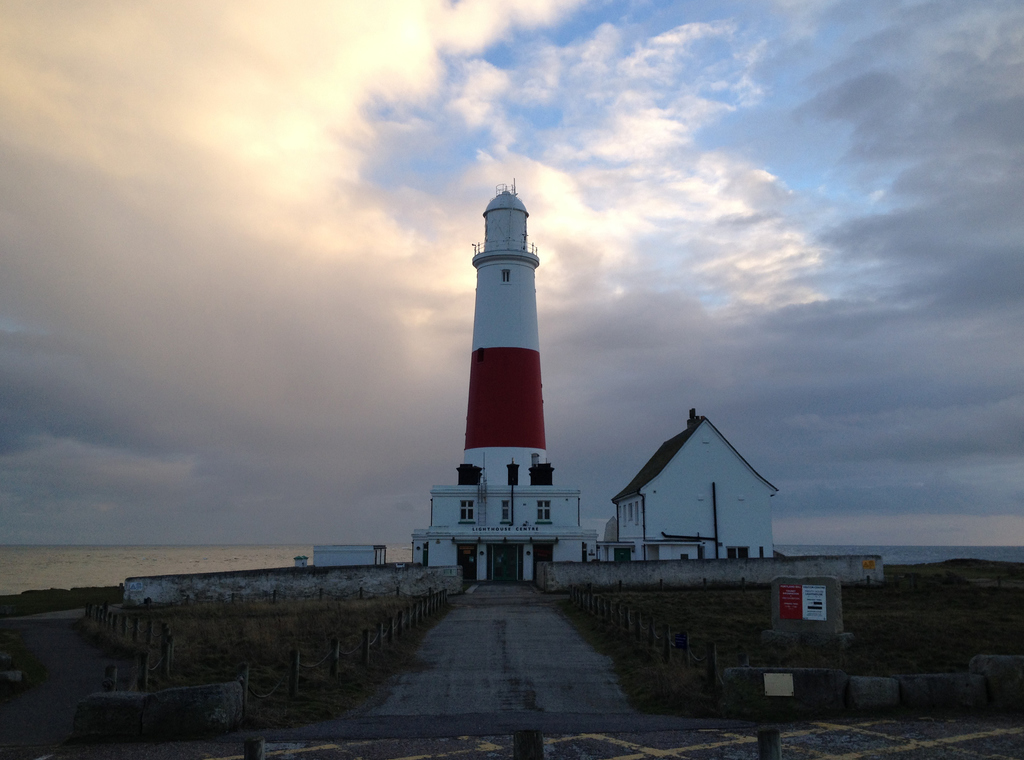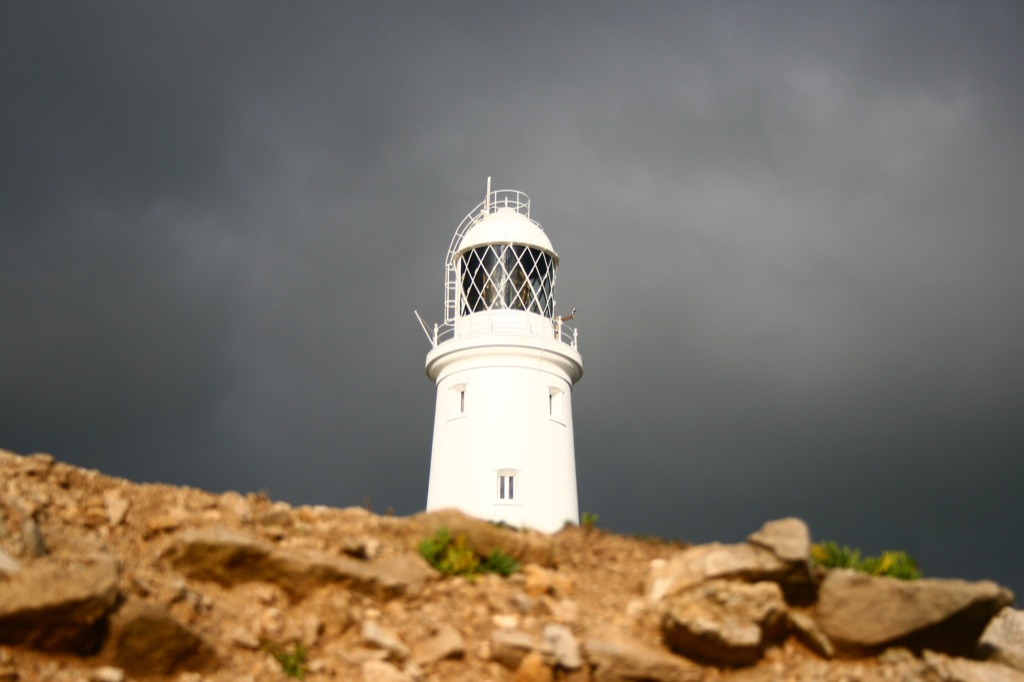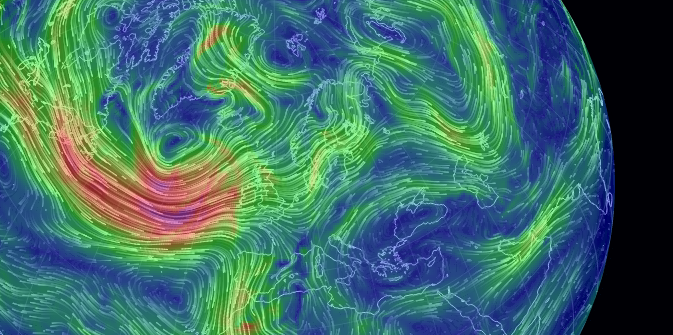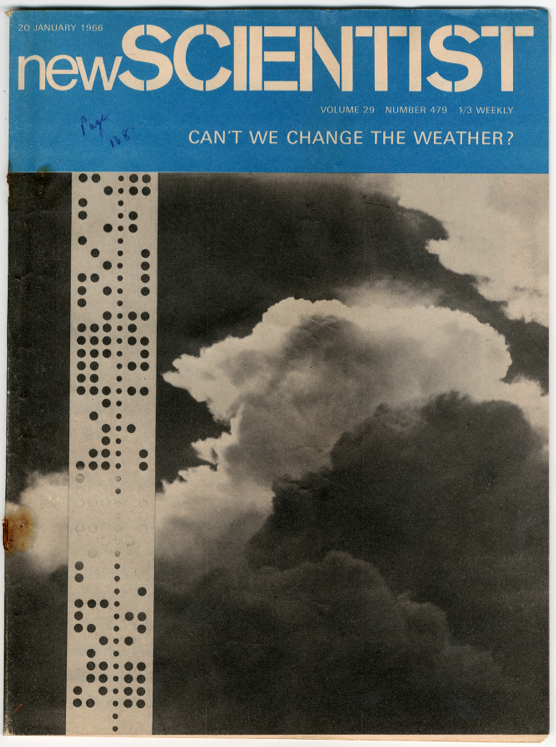News
John Cage’s ‘Lecture on the Weather’ (1975)
An iteration of John Cage’s 1975 ‘Lecture on the Weather’ is on display currently at Frith Street Gallery in New York with a soundscape by Maryanne Amacher. Worth dropping by if you are in the area.
At the start, Cage delivers a softly polemic prelude, and when the readings and musical realizations commence, so also begins a slowly escalating weather soundscape created by Maryanne Amacher. The work culminates with a film by Luis Frangella: Thoreau’s elemental nature drawings, now stark white on black, simulating flashes of lightning on a dark and stormy night. All of the elements — speech, music, film, lighting, and weather — combine to create a stunningly sensorial experience.
In the studio with Weymouth Concert Brass
In the studio last month with players from Weymouth Concert Brass and other local brass bands, performing fragments that will be incorporated into the Portland Bill edition of Variable 4. Pictured below is Ceri from Weymouth Brass on B♭ cornet.
In The Field
As part of b-side arts festival, where Variable 4 will be appearing in its fourth incarnation, we’ll be talking in conversation with Duncan Whitley on sound and site-responsive work, chaired by Cecilia Wee.
From the website:
In the Field features Artists Duncan Whitley, Daniel Jones and James Bulley in conversation with each other and the audience. Cecilia Wee (FRSA) will convene, focusing on the motivation, challenges and consequences of site-responsive audio work, where the Artist is engaged in an investigation of place, taking into account geography, locality, topography and community.
The event will take place in the stunning surrounds of St George’s Church, built in the 18th century from Portland stone: “a treasure trove of fabulous headstones and memorials that tell tales of murder, piracy and adventure in a gloriously atmospheric setting” (source).
7th September 2014, 2:30pm – 3:30pm.
More: In The Field.
b-side
The forthcoming edition of Variable 4, in Portland Bill this September, is part of an excellent art programme by b-side festival. Countless other events, performances and installations are taking place across the week, by an array of disparate artists all of whom are working in close engagement with the site and landscape.
It is a rarity of an event, expertly curated by a team with acute sensibilities for site-specific work — we urge visitors to dedicate some time to see the events taking place on and around Portland.
In residency: Portland
We’ve been in Portland the past few days on our latest residency trip in preparation for Variable 4 Portland Bill, taking place this autumn as part of the excellent b-side arts festival. As the first time we’ve been on Portland in fine weather, it’s been a great opportunity to get a sense of how the atmosphere changes over the year.
We also had the opportunity to meet Paul Soulellis, another artist in residence as part of b-side. Paul is producing a wonderful-looking publication, created through meeting and exchanging stories with Portland residents — when we said goodbye, he was leaving in search of the flock of wild goats that inhabit one side of the island.
Recording in Portland and Weymouth
As part of the development for Variable 4 Portland Bill, we’ve been working with musicians local to the Portland and Weymouth area, developing movements which reflect the area’s maritime and social heritage. We’ve been working in the studio of Simon Swarbrick, an astonishingly talented local violinist who also has an astonishingly nice self-constructed recording space.
Pictured above is Simon performing some of the score fragments we’ve been devising for Variable 4. We have been experimenting with generating parts of the score based on algorithmic processes, to then be displayed on iPad and performed by musician. An an example, one such process takes the gradual directions in wind speed that have taken place in Portland over the past hundred years, and translates these compass directions into modular score parts. This can then be reassembled to produce musical movements portraying different eras of Portland’s weather history — or fed into the system to generate live patterns based on moment-to-moment wind speed detected by the weather station.
Portland Museum
Sheltering from the torrential rain on our latest residency period for Variable 4 Portland Bill, we paid a visit to the Portland Museum. It’s a fascinating place, detailing the area’s maritime and quarrying industries, packed with relics, myths and anecdotes.
The currents and tides around Portland are notoriously turbulent, most notably the “Portland Race” beyond the southern tip of the peninsula, in which two opposing tidal flows collide and create treacherous and unpredicable conditions for boats. It is for this reason that Portland has no fewer than three lighthouses. Despite this, countless wrecks have taken place around its shores, mapped and described by the museum’s knowledgeable guides.
We also couldn’t help but admire a preserved tropical sea hedgehog, one of only four recorded off the South Coast of England.
Portland Coastlines
From the Jurassic coastlines of Portland, gathered over recent research trips in preparation for Variable 4 Portland Bill.
1930s Meteorological Illustrations from Popular Science Educator
The Popular Science Editor was a long-running American periodical intended to educate children of the wonders of science. Edited by Charles Ray, who himself had no scientific training, it covers a spectrum of topics from mechanics and electricity through to geology and astronomy. Articles are frequently accompanied by marvellous illustrated diagrams, though no illustrator is typically credited.
Meteorology features heavily. Below are images from editions published between 1935 and 1936.
Portland Bill Lighthouse
Imposing skies and wintery air over Portland Bill Lighthouse, next to which Variable 4 will be sited this September.
Variable 4 Portland Bill
We are very happy to announce a new edition of Variable 4, taking place in September 2014 on Portland Bill. At the tip of the promontory of the Isle of Portland, Dorset, Portland Bill marks the southernmost point of an ancient stretch of Jurassic coast. Its rich maritime history and exposed weather conditions will undoubtedly create a perfect landscape for the piece.
The installation is a part of b-side Festival 2014, a pioneering art festival commissioning new site-specific works across a range of media. We’re proud to be alongside an excellent collection of artists.
Variable 4 will be installed from 5th—14th September 2014. Travel and access information will be available in due course on the festival website, or via our mailing list.
Global wind patterns, visualised
Earth is an interactive web-based visualisation of global wind conditions, based on readings and supercomputer forecasts of current and future weather conditions. Not only does it render this data live within the browser; it also allows for the interactive display of multiple height readings, overlays, and cartographic projection types.
By Cameron Beccario, it’s a staggering example of the insights that interactive visualisation can give. What’s more, the code used for the data analysis and visualisation is all available on Github.
Can’t We Change The Weather?
Jeremy Harding on Britain and the weather
Jeremy Harding writes in the London Review of Books on Richard Mabey’s Turned Out Nice Again and the quintessentially British fascination with the weather:
“Because of where we live, on an island in the middle of the Atlantic Storm Belt, just offshore from a huge, breathing land-mass, our meteorological lot is messy and erratic, whether we like it or not.”
the reading festival of weather, art and music, 1st-3rd june 2012 http://t.co/drk0Mjbi
Tuesday, 17 April 2012
an archive of classic meteorological papers from the royal meteorological society http://t.co/qmu93PTT
Thursday, 12 April 2012
ocean surface currents visualised over two years, using a NASA/JPL computational model https://t.co/GDEZJ8P5
Tuesday, 10 April 2012
a beautiful interactive map of wind flow across the USA http://t.co/OjSIE9rA (via @_jbag @sebemina)
Thursday, 29 March 2012
wind (2008), a sound sculpture that responds to wind patterns in the viewer’s visual field, by @damian0815 http://t.co/yYUsNMcV
Sunday, 18 March 2012
windswept (2012), a wind-driven kinetic façade indicating the direction of windflow over the surface of a building http://t.co/76hs5PHt
Wednesday, 14 March 2012
weather station (norbert schnell & robin minard, 1995) uses climate sensors and 310 piezos for weather-reactive sonics http://t.co/bJlglbBr
Tuesday, 21 February 2012
david bowen, “tele-present water”, uses NOAA wave data for an installation that is profound in its simplicity http://t.co/uAEW3Wsm
Friday, 6 January 2012
ken goldsmith, “the weather”, transcribing a year’s 1-min weather bulletins http://t.co/YwM2Hp27
Friday, 6 January 2012
some more weather-related works for the archive: john cage, “lecture on the weather” http://streamingmuseum.org/john-cages-lecture-on-the-weather-a-political-statement-relevent-today/
Friday, 6 January 2012
mark ballora discusses data and sonification, featuring a lovely audio rendition of weather parameters http://t.co/39cAstKQ
Friday, 16 December 2011

